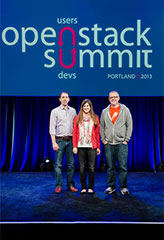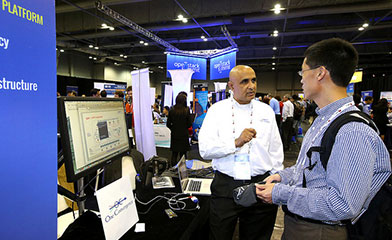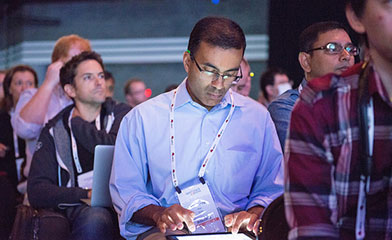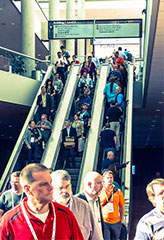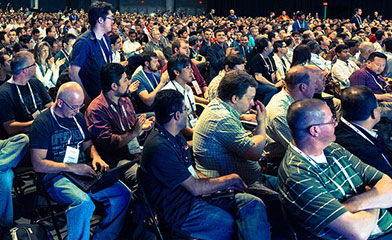Since OpenStack was announced, we’ve seen a flurry of activity in the developer community. Hundreds of people have made over a thousand contributions and we couldn’t be more excited.
Today I’d like to share one of the more unconventional contributions with you. Most of the development activity in OpenStack is in the storage and compute systems, but we also have front end projects for people who use OpenStack and need an easy way to manage their cloud resources.
One of these projects is the OpenStack iPad app, which is based on the Rackspace Cloud Pro iPad app that is currently in the App Store. This app uses the OpenStack compute and storage APIs to help you manage your cloud resources, and offers a few features outside of the scope of the APIs, such as viewing RSS system status feeds, pinging your compute nodes from several locations around the world, and emailing files from OpenStack Object Storage.
Our newest feature, made possible by working with people from Opscode, is integration with Chef and the Opscode Platform. Before, when you created a compute node on the iPad, you would then need to log into the node and manually install any software, data, and configurations you may need. This could take a considerable amount of time and effort for some deployments, but not anymore. If you’re a Chef user, you can configure the iPad app with your Chef or Opscode credentials to automatically run any recipes or role assignments immediately after the node is provisioned. Look ma, no shell!
Let’s suppose you’re running a Cassandra cluster to horizontally scale your data, and you’re out of town on a business trip. Your laptop is in your hotel room, and you’re stuck in a conference room across town with only your iPad. Then, your monitoring service sends you an SMS telling you that all of your Cassandra machines are running at capacity. But you were smart; you used Chef to automate your infrastructure by creating roles for all of your compute nodes. You simply log into the iPad app and provision a new node with “role[cassandra]” as your run list. The machine boots up and adds itself to your Cassandra cluster without requiring anything else from you. Awesome!
I’ve included a video below showing you the entire process as I bootstrap a compute node running Apache 2 and MySQL. I hope you enjoy it, and if you have any questions or want to talk about contributing to the OpenStack iOS apps, get in touch with me via email at [email protected], Twitter at @greenisus, or on the phone at 901-299-9306. Even if you’re new to Objective-C and Cocoa, I’ll be happy to help you get started and learn everything you need to know to help make the OpenStack apps even better.



